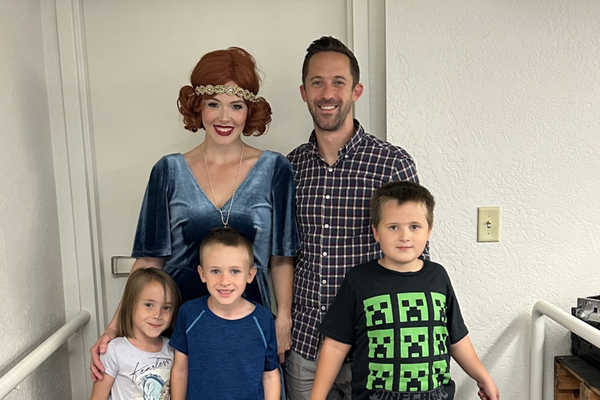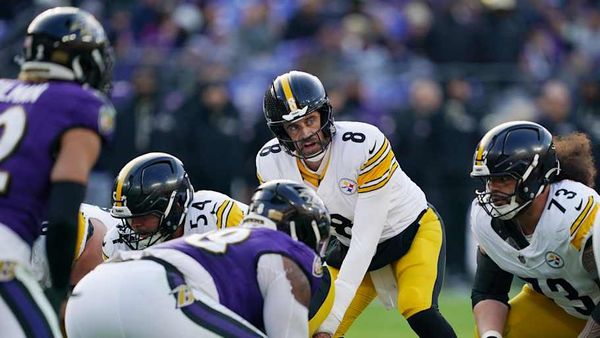
The H-1B visa program, designed to provide U.S. companies with access to specialized foreign talent, has become a focal point of political and cultural conflict. Advocates like President Donald Trump and Tesla CEO Elon Musk argue that it is indispensable for fostering innovation and maintaining America’s competitive edge. Meanwhile, hardline MAGA figures such as Steve Bannon and Stephen Miller criticize it, claiming it displaces American workers and drives down wages. This ideological rift within the MAGA movement has not only exposed deep fractures but has unfairly placed Indian professionals—the largest beneficiaries of H-1B visas—at the center of this polarizing debate, tarnishing the image of the entire Indian-American community.
For Indian-Americans like me, particularly those active on social media, the attacks on H-1Bs have grown toxic and deeply personal. My X stream is flooded with venomous rhetoric, blatant misinformation, and outright racist attacks. The animosity doesn’t stop at immigration or employment—it extends to my religion, Hinduism, which is often misrepresented, mocked, or vilified. What began as a debate over policy has devolved into a campaign of hostility against Indian professionals and their cultural and spiritual identity. These narratives don’t remain confined to social media; they ripple globally. Media outlets in India and beyond amplify these stories, portraying the U.S. as a country gripped by racism, xenophobia, and religious intolerance. For many abroad, the American dream appears tarnished, overshadowing the immense contributions Indian-Americans continue to make to this nation.
But both the MAGA critics and skeptics abroad are profoundly mistaken. Indian-Americans are not defined by these attacks. We are not just participants in America’s story—we are at its forefront, embracing its values, contributing to its progress, and shaping its future through leadership, innovation, and an unyielding commitment to its ideals.
Rising stars
From the corridors of government to the boardrooms of Silicon Valley, Indian-Americans are redefining what it means to lead. Kash Patel is poised to take the helm of the FBI, while Harmeet Dhillon, a civil rights attorney from Chandigarh, has been appointed Assistant Attorney General. Vivek Ramaswamy, a rising star in political circles, is exploring a gubernatorial bid in Ohio, a move that could make him the first Indian-American to lead this pivotal swing state.
Tulsi Gabbard, a proud Hindu and former congresswoman, has been tapped by President Trump as Director of National Intelligence. Her unapologetic embrace of her Hindu faith is a reminder of the need to counter religious intolerance with understanding and pride. Usha Vance, wife of Vice President J.D. Vance, has become the first Indian-American second lady. A distinguished legal professional and former clerk for Supreme Court Chief Justice John Roberts, Usha exemplifies the remarkable contributions of Indian-Americans to America’s political and cultural fabric.
These leaders are just the tip of the iceberg. Across generations, Indian-Americans have shattered expectations and transformed industries. Kamala Harris, the daughter of an Indian immigrant, broke barriers as the first female vice president and had a chance to become president. Sundar Pichai and Satya Nadella continue to steer Google and Microsoft to new heights, reshaping the global technology landscape.
Indian-American contributions span every industry, from health care—where roughly 100,000 Indian-American physicians and health-care workers serve communities nationwide—to technology, where they lead as CEOs, engineers, programmers, and entrepreneurs building the innovations of tomorrow.
In academia, Indian professors and researchers are shaping disciplines, mentoring future leaders, and pushing the boundaries of science and technology. Their influence extends to finance, where they hold leadership roles in major institutions, and entertainment, where Indian actors, directors, and artists bring unique stories to life, enriching America’s cultural tapestry.
And through it all, Indian-Americans remain deeply connected to their dual heritage. They don’t burn flags or disparage their adopted homeland. Instead, they celebrate its ideals, give back with pride, and turn every challenge into an opportunity for greater achievement. We take great pride in being American.
H-1B problems
Yet, criticisms of the H-1B program are not without merit, and the challenges faced by H-1B visa holders remain a stark reminder of systemic inequities. While the program has allowed countless skilled professionals to contribute to the U.S., it is plagued by flaws. Many employers exploit it to underpay workers and sideline American talent. For visa holders, the system often feels like modern indentured servitude—trapping them in restrictive backlogs and limiting their ability to change jobs or plan their futures. It’s a cycle of effort with no guarantee of progress, highlighting the urgent need for reform.
Fixing the H-1B program isn’t just about fairness—it’s about unleashing the full potential of America’s workforce. Meaningful reform would create transparency, level the playing field, and allow skilled immigrants to contribute without fear of exploitation. With Silicon Valley’s influence on policymakers, there is hope that these long-standing issues will finally be addressed.
The story of Indian-Americans is a testament to resilience, ambition, and extraordinary success. Every obstacle becomes a stepping stone, every setback an opportunity to rise higher. Their leadership and contributions outshine the noise of detractors and prove that America’s promise remains alive and well. By reforming broken systems and addressing systemic challenges, America can fully embrace the talent and potential of this community.
The opinions expressed in Fortune.com commentary pieces are solely the views of their authors and do not necessarily reflect the opinions and beliefs of Fortune.
Read more:
- H-1B visa debates roil U.S.-India relations ahead of Trump-Modi meeting. Here’s what needs to change—on both sides
- What Donald Trump and Elon Musk backing H-1B visas means to me as an immigrant entrepreneur
- Ex-Trump official: H-1B visa system is proof that America’s schools need radical transformation
- I’m a refugee-turned-entrepreneur and Oxford professor. Here’s what we can all learn from the immigrant entrepreneurs who make America great







